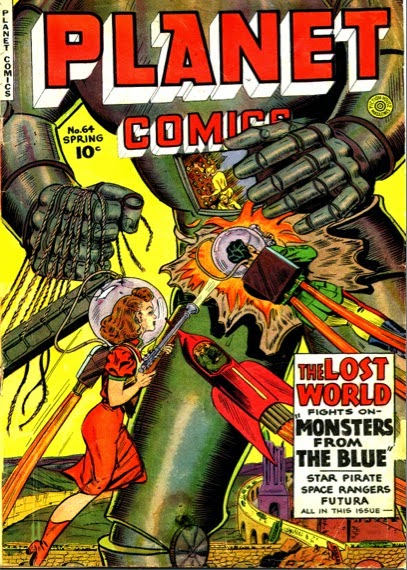As part of national Culture Night on September 19th,
a selection of vintage and modern robots will be on show from 7pm-8.30pm at the Computer and Communications Museum of
Ireland located in the Insight
Centre for Data Analytics at NUI Galway.
According to Brendan Smith, curator of the museum, “Robots,
which can be defined as programmable electro-mechanical machines
capable of carrying out a complex series of actions automatically and oftentimes
autonomously, have been part of popular science fiction since the early 1920s
when the term ‘Robots’ was first coined by writer Karel Čapek from the Czech word for ‘serf’.
These
devices have been used since the 1970s to perform repetitive and heavy duty
tasks in manufacturing industry particularly in vehicle assembly. We will have
on display a large robotic arm controlled by a Galway-made DEC (Digital Equipment Corporation) computer that
was used in the British aeronautics industry during this period.
Volunteers such as Alanna Kelly, John Lonican and Darren Tighe will also demonstrate at
the museum the workings of low-cost easily assembled robots
that can be programmed and operated by children from small computers. We are honoured to have present
Diarmuid Keaney who as a young boy in 1985 made his own and probably Galway’s
first computer controlled robot. He will show us the original Commodore Vic 20
home computer and BASIC language programme that he used to operate the
device.
There will also be an exhibition of rare science
fiction comics and literature on the themes of robots dating from the 1920s onwards.
But pride of place will go to a delightful machine
called HERO 1, a R2-D2 lookalike from Star Wars, which
took part in the St. Patrick’s Day Parade of Galway city in 1984! Manufactured
by the American Heathkit company, it was the world’s first mass-produced
affordable robot capable of interacting with the environment. Its built-in programmable sensors
allowed it to detect light, sound, motion, and obstructions. It had a
computerized voice, could sing, could move and pick up objects. Frank McCurry and Tom Frawley then staff members of
the local Regional Technical College (RTC) now known as GMIT, entered HERO into
the March 17th parade. It had been used in the Galway college as a
device to teach students about robotics and represented what many thought at
the time would be the dawn of the new Age of the Robot.”
Thanks to current advances in sensor technologies, a
new generation of robots could physically look like humans, display
intelligence in their responses and gestures to their surrounding environment
and take on the role of companions to people. This is already happening. ASIMO from the Japanese
corporation Honda is able to recognise and respond to individual sounds, faces
and moving objects; to interact with people and to give a handshake or courtesy
to a person that he is facing towards.
However there are genuine concerns over
the technology of automation that allows an electronic device to work by itself
with little or no direct human control particularly in the area of lethal autonomous weapons systems
known as killer robots. Though not yet in existence fears expressed by many at
such possibilities has led to the United Nations recently discussing the issue
of banning outright research into such weaponry.
I for one am in favour of a complete ban of development of such weaponry.
I for one am in favour of a complete ban of development of such weaponry.







1 comment:
I believe our daily works, like washing the dishes, cleaning the house, etc are soon to be done by our home robots. However, these robots are fact right now and you can convince yourself at http://allhomerobotics.com/bobsweep-vs-roomba-780-can-bobsweep-compete-roomba/
Post a Comment